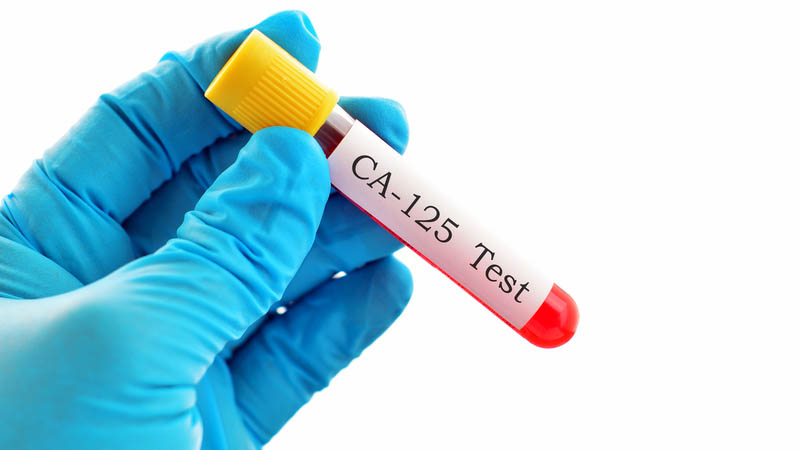Immunohistochemical assessment of lymphocytic infiltrate and selected markers of activation of the immune system (Fas, HLA-DR) in lichen sclerosus associated with vulvar cancer
Arkadiusz Chil1, Janusz Kopczyński2, Józef Starzewski1, Marek Sikorski3, Agnieszka Radowicz-Chil2, Witold Rezner2, Jacek Sygut2, Stanisław Góźdź4
 Affiliacja i adres do korespondencji
Affiliacja i adres do korespondencjiIntroduction: Factors causing malignant transformation of vulvar lichen sclerosus are not fully elucidated. In view of available evidence, malignant transformation of keratinocytes in lichen sclerosus is limited to the basal and the peribasal epidermal layers, being the starting point for further stromal invasion. This contradicts the classic theory of vulvar carcinogenesis on the basis of VIN, assuming that cancer develops by gradual replacement of all epidermal layers by atypical keratinocytes. In general opinion, lichen sclerosus may result from prolonged stimulation by antigens (e.g. viral infection). It is supported by observed changes of expression of antigens associated with activation of the immune system (CD3, CD8, CD57, HLA-DR and others). Aim of paper: Evaluation of correlation between change of expression of selected markers of activation of the immune system in vulvar lichen sclerosus (CD4, CD8, HLA-DR, Apo-1/Fas) and the presence of squamous cell cancer of the vulva. Material and methods: Comparison of expression of antigens CD4, CD8, HLA-DR, CD95 (Apo-1/Fas) in vulvar skin preparations obtained from 12 patients with lichen sclerosus (group 1) with those obtained from 14 patients with lichen sclerosus coexisting with squamous cell vulvar cancer (group 2). Expression of selected antigens was assessed quantitatively using digital image analyzer. The number of cells expressing above mentioned antigens was determined in the basal and peribasal epithelial layers. Statistical analysis of the intergroup difference was performed using the Mann-Whitney U test. Results: Statistically significant (p<0.05) increase of CD8(+) lymphocytes and decrease of the number of cells expressing HLA-DR antigens was noticed in the group of women with lichen sclerosus associated with vulvar squamous cell carcinoma. Cells expressing CD4 and CD95 were scarcely represented in epithelial layers of samples studied and their numbers were not significantly different in both groups. Conclusion: An increase in the number of cytotoxic lymphocytes and a decrease in the number of cells expressing HLA-DR antigens and those associated with presentation of antigens to T lymphocytes suggest, that immune factors may play a role in the development of vulvar cancer on the base of lichen sclerosus.









